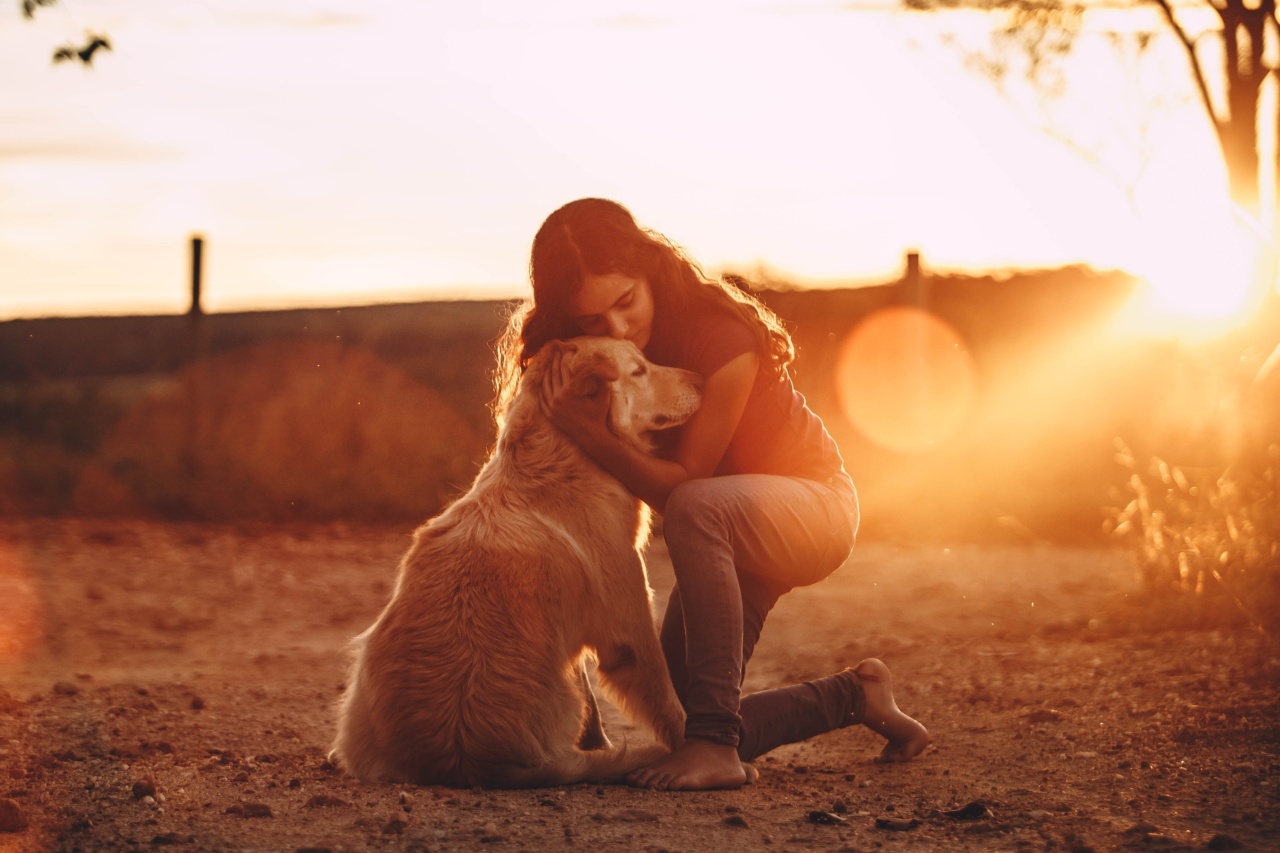Dogs are often referred to as man’s best friend, but how well do we really understand their emotions? Our furry companions may not speak our language, but they communicate with us every day through their body language and vocalizations.
Understanding their cues can help us better anticipate their needs, strengthen our bond with them, and ensure their well-being.
Body Language
Dogs are incredibly expressive, and their body language often speaks louder than words. Here are some common cues you should pay attention to:.
Tail Position
A wagging tail doesn’t always mean a happy dog. The position and speed of the wag can indicate a range of emotions, from excitement to fear. A tail held high and stiff can signal aggression, while a tucked tail shows submission or fear.
Ear Position
Dog ears can tell you a lot about their mood. Perked up ears generally mean they’re alert and paying attention, while ears flattened against their head can signify fear or nervousness.
Eye Contact
Direct eye contact can be a sign of aggression in dogs, while avoidance can indicate shyness or discomfort. A soft gaze and relaxed eyes usually mean your dog is feeling comfortable with you.
Body Posture
A dog’s overall posture can give you a clue about their mood. A dog standing tall with their weight evenly distributed is confident and relaxed, while a dog cowering or hunching over is likely scared or submissive.
Vocalizations
While body language is a crucial component of dog communication, vocalizations also play a role. Here are a few common sounds and their meanings:.
Barking
Dogs bark for a variety of reasons, from alerting you to potential danger to seeking attention. Pay attention to the pitch and intensity of their bark – a high-pitched, urgent bark may indicate distress.
Whining
Whining is often a sign of anxiety or stress in dogs, but can also indicate a desire for attention or a need to go outside.
Growling
Growling is generally a warning sign that a dog is feeling stressed or uncomfortable. It’s important not to punish your dog for growling, as it’s their way of communicating that they need space.
Putting it All Together
By paying attention to your dog’s body language and vocalizations, you can better understand their emotional state and respond accordingly. Here are a few scenarios to consider:.
Meeting New People
If your dog is hesitant around new people, pay attention to their body language. A tucked tail, flattened ears, and avoidance of eye contact may indicate they’re feeling scared or unsure.
Give them space and allow them to approach new people on their terms.
Playtime
When your dog is in a playful mood, their body will generally be loose and wiggly – they may even “bow” in an invitation to play.
However, if playtime becomes aggressive or your dog’s body language shifts, it’s important to intervene and give them a break.
Trip to the Vet
Visiting the vet can be stressful for dogs. Keep an eye out for signs of anxiety, such as whining or shivering. Bring a favorite toy or blanket to provide comfort, and reward your dog with treats for good behavior during the visit.
Conclusion
Dogs rely on body language and vocalizations to communicate their emotions and needs. By understanding their cues, you can strengthen your relationship with your furry companion and ensure their well-being.
Pay attention to their tail position, ear position, eye contact, body posture, and vocalizations to decode their emotions and respond appropriately.





























